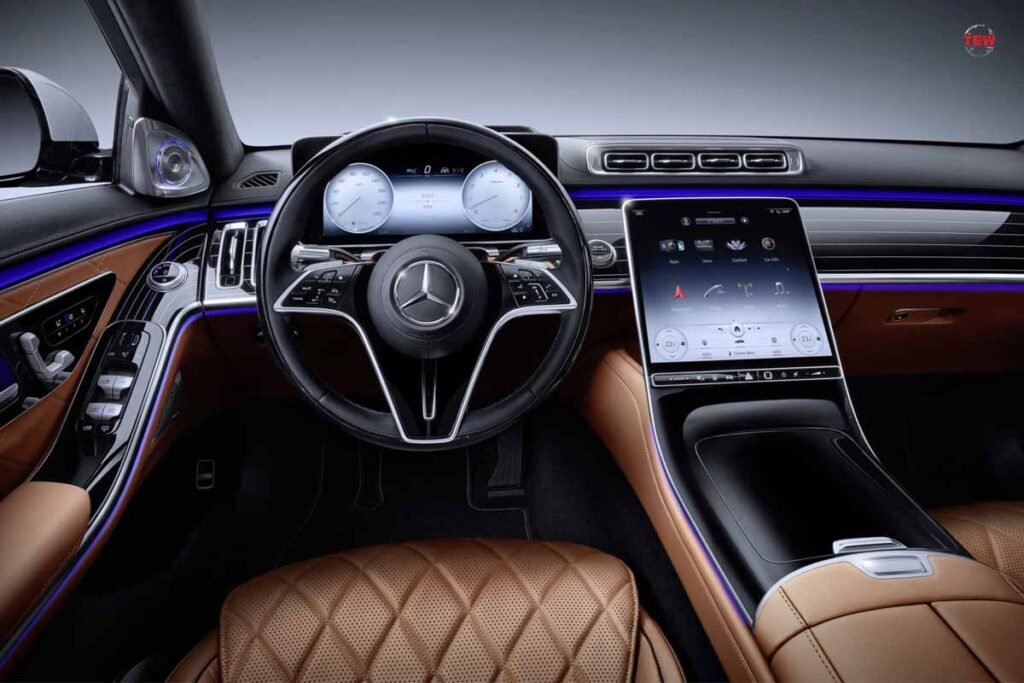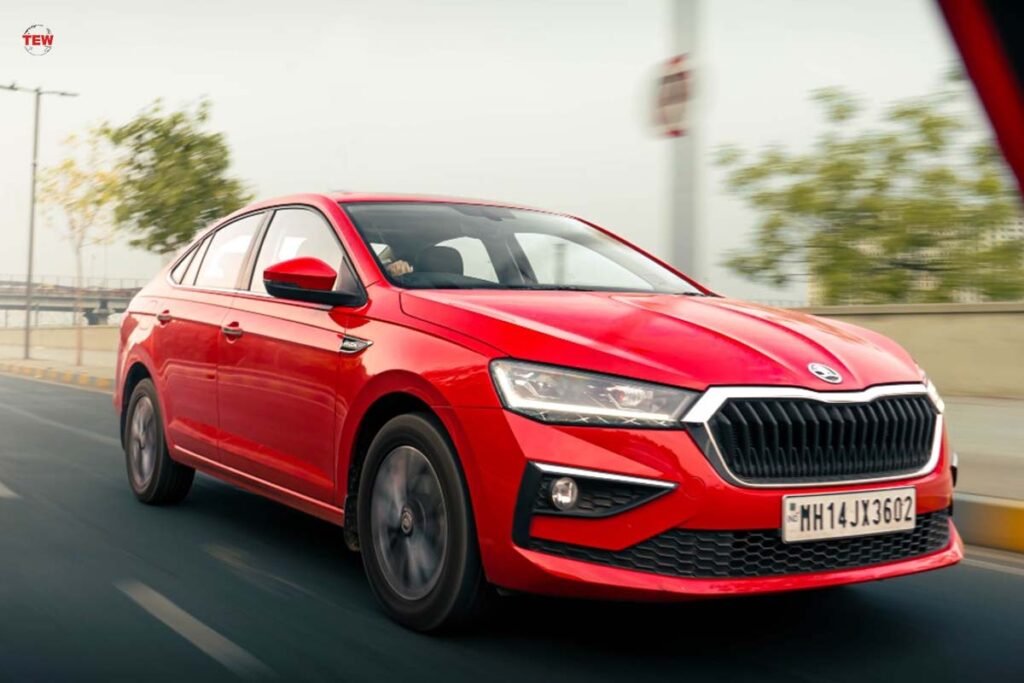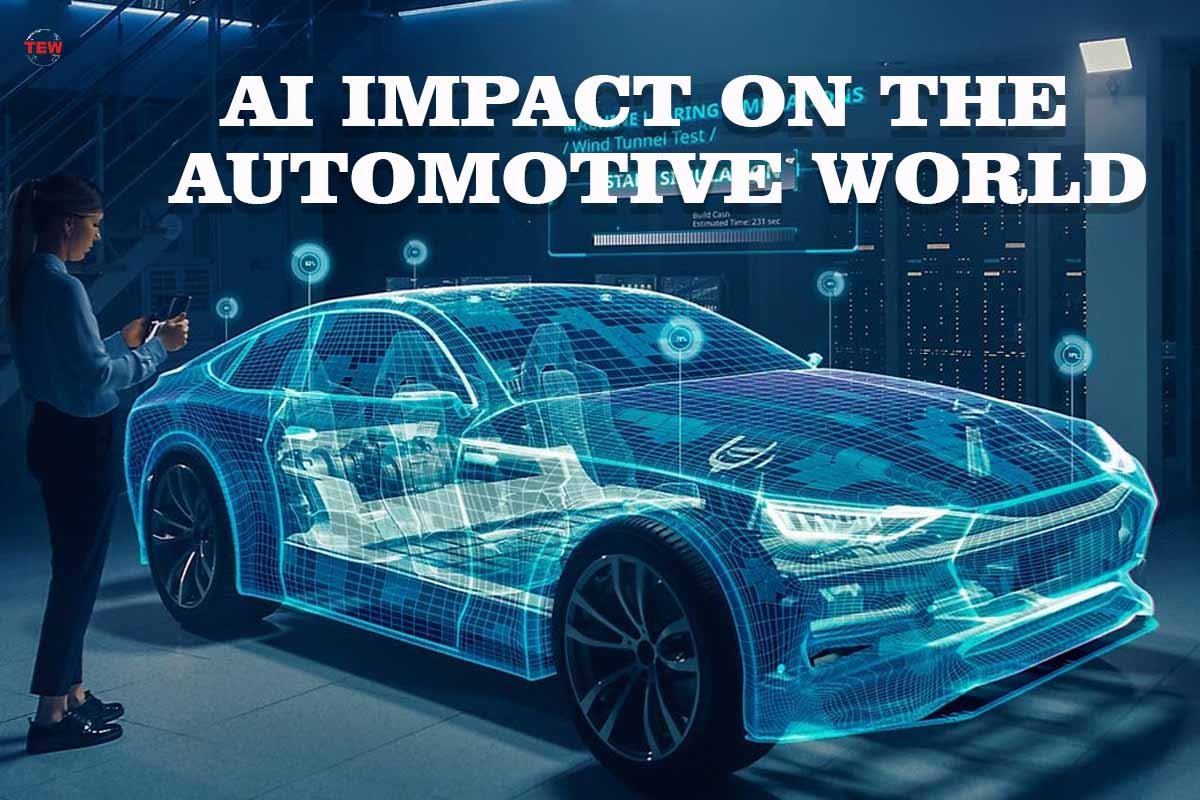For many years, the prospect of self-driving vehicles has enthralled legions of people. However, artificial intelligence has the potential to have a much broader effect than just self-driving cars. AI offers customized automotive design, faster manufacture, more cockpit features, and predictive safety measures.
Because of these technology, the automotive business is evolving and improving each year. As AI progresses, its influence extends in a variety of ways. Let us evaluate the effect and Impact of AI on Automotive World on our existing automotive environment and future automobiles.
Let’s Read More About The Impact of AI on Automotive World;
1. Beyond Autonomous Vehicles
Autonomous vehicles (AVs) are the most prominent deployment of artificial intelligence (AI) in the automobile sector. The primary AI technologies relevant to self-driving are AI chips, computer vision, and machine learning (ML).
However, AI is essential throughout the entire value chain. The upstream (tier-1, 2, and 3 suppliers and automakers) advantages range from computer vision and smart robots to data science and ML, while downstream (sales and the increasingly important aftermarket) benefits include everything from conversational platforms and context-aware systems to enhanced customer data analysis.
More importantly, AI helps to close the feedback loop between the upstream and the downstream by incorporating pre- and post-sale vehicle data into predictive modelling, allowing output to be more closely tied to demand. Thus, automakers can actively respond to their market competitors and real-world events, mitigating disasters such as the pandemic and the automotive chip bottleneck.
Automakers and suppliers are finally understanding that they need the support of custom automotive software development businesses and are understandably wary of losing important chances. Now more than ever, learning artificial intelligence capabilities is essential to the survival and profitability of automakers.
2. Cockpits Powered by AI
Many of us spend more time than we’d like to acknowledge in our cars. Drivers today anticipate a fully modern in-vehicle experience regardless of the car’s price range, whereas cars used to be more utilitarian and basic. Additionally, having a stunning and feature-rich cockpit is a must-have for modern cars. Artificial intelligence is used to power most of these.
Automotive software engineering services have been researching innovative ways to incorporate technology and artificial intelligence to reinvent every component of a car’s cockpit ever since the advent of cellular modems in high-end vehicles. The new features made feasible by Impact of AI on Automotive World include personalization, driver behavior monitoring (such as distracted driving, taking one’s eyes off the road), in-car virtual assistant services, and intelligent driving assistance.

For vehicle makers, designing the ideal digital cockpit is crucial from a functional aspect, but it’s also important to generate a positive perception of the business. To manage the user experience of drivers when using a vehicle, the majority of automakers are currently making efforts to build their automotive software and applications. Instead of just personalization, the goal is to make the vehicle intuitive and participatory. Every new car has significantly more AI than most drivers are aware of, and this has a significant impact.
3. Vehicle Innovation
The proliferation of intelligent infrastructure and transportation made feasible by Impact of AI on Automotive World & everyone. Due to significant changes brought about by this new technology, next-generation transit networks and infrastructure may now run more intelligently and sustainably.
Over the next ten or so years, transportation networks will work to become safer, more productive, pedestrian-friendly, commuter-friendly, and environmentally friendly. Visit Shop Boss for a better understanding of such automation technologies. How can artificial intelligence accomplish something like that? It can accomplish that in a few different ways. An AI software model that generates road quality models based on sensor data, for instance, can be powered by an infrastructure that has been upgraded by AI. Each model will be an extremely accurate 3D HD map of a particular location, making it simple to study, manage, and enhance.

4. Electronic twins
IoT sensors, real-time analytics, and machine learning are used to construct digital twins, which are virtual simulations of an asset, facility, or supply chain. The creation of digital twins using data science and machine learning enables early diagnosis and prevention of issues that result in inefficiency. Furthermore, new knowledge is produced for the twin to assimilate and refine when the physical world is changed as a result of such insights.
Given the continually changing environment, the end-to-end data picture could help automobile makers rebalance supply chains pro-actively and quickly. As a result, the output can be changed from a segmented, reactive process to an agile, holistic one. In order to survive and respond to upcoming crises, automakers must therefore function in a far closer interaction with real-world events thanks to Impact of AI on Automotive World.
5. Smart Cities Crossover
The use of artificial intelligence in the manufacturing of automobiles will progressively converge with the creation of sustainable smart cities. A variety of AI use cases will be made possible by 5G connection, which will be the basis for low-latency communication from vehicle to vehicle (V2V) and, eventually, vehicle to everything (V2X).

AI will improve centralized traffic management and road demand forecasting from a sustainability perspective, enhancing travel effectiveness and reducing vehicle energy consumption. Fleet management, real-time automobile routing, and the inclusion of ambient commerce in infotainment systems with a smart infrastructure interface will all see further AI usage by mobility providers.
The success of Level 4 and 5 AVs, which will be carefully inspected by regulatory authorities before being adopted by the general public, depends on the progress of AI. Key technologies like AI chips, computer vision, LiDAR, and edge computing power are being developed quickly to address this urgent need. Even a minor failure rate is unacceptable when multiplied by hundreds of thousands, and eventually millions, of vehicles.
Last Words
AI already exists, and we may expect great things from it. The automotive sector has already been impacted by it, and it will continue to be Impact of AI on Automotive World for years to come. In particular, machine learning offers a look into the potential of self-driving cars. They can get more adept at driving without assistance from or supervision from humans. This suggests that soon we may have automobiles that are safer than people because they cannot drive when distracted or drunk.
Autonomous vehicles have the potential to change every aspect of our lives, from how we travel locally to how we transcend continents and oceans. There are so many reasons to be enthusiastic about what this burgeoning technology has in store for you, even though some problems still need to be worked out.





